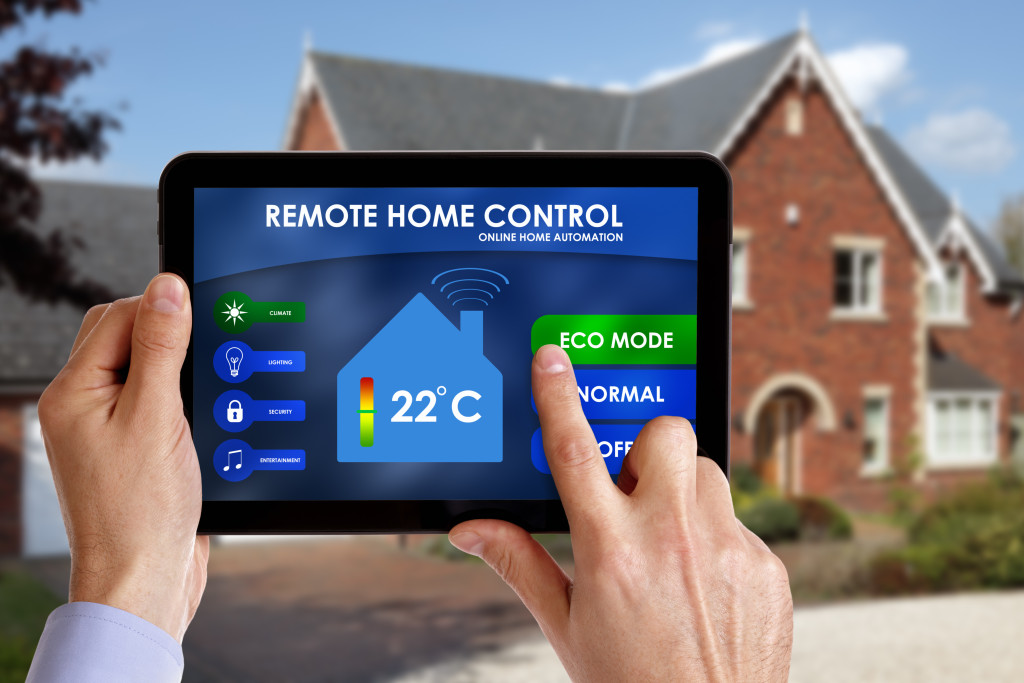Getting into the logistics business will have you managing enclosed spaces meant to be used for storing items like warehouses. You need to make sure that everything in there is accounted for. An inventory system should be in place to keep things in order. This will allow you to keep track of the quantities that come in and out of the facility. The place can get really busy with shipments and deliveries, so a system like that can hold everything together. You should aim to be perfectly accurate as there are important people who rely on your service to take care of their packages.
Other than securing and keeping inventory up to date, you should also manage your warehouse environment. Depending on what kind of things are being stored inside, you need to have equipment that features temperature and climate control.
Temperature and Climate Control
The items inside a warehouse are subject to changes in the environment. These can have adverse effects on the quality of the things that you have on the shelves, so you should find a way to keep that under control. You can have industrial-grade air conditioners to keep the temperature low.
On the other hand, during the wintertime, you will need to increase the temperature inside the facility. You can have gas radiant air heaters installed at strategic points in the warehouse to distribute warmth over the wide-open space.
Humidity levels inside the warehouse can also have adverse effects on the items, especially the dry goods. The moisture that you get from that can cause damage to perishable goods or paper products. To avoid that, you need to have a climate control system. That equipment can keep the air inside dry if you do not want condensation to happen.
Food
Storing food has different levels of difficulties. The fresh ones like fruits and vegetables are, of course, perishable. Though they may not stay long in storage, you have to avoid placing them somewhere that is freezing. That will cause them to become soggy or wilt down after thawing. They should be just fine when placed at room or cold temperature.
Canned goods are easy to pack in a box and very durable. These features are great because you do not have to be picky about the places where you store them. For the most part, you also do not have to worry too much about the temperatures as long as you stay away from the extremes. You do not want them under the high heat of the sun as that can warm them up and spoil their contents.
You also do not want to put them under freezing temperatures. They are pressure-packed, so thawing them could lead to leaking or the popping of the can. When that happens, they are no longer edible and have to be disposed of immediately.
Papers
Your storage facility may have paper products such as books. You could also be using that for archiving, making it the place where you keep important documents like ledgers, certificates, and other valuable records. Papers like to absorb moisture, so that is why you need to keep the area dry. You also need to keep the temperature in the right balance.
There are other substances or materials to build with or into paper products such as books and magazines that could react strongly to extreme heat or coldness, and this could lead to mold build-up. When this happens, it will attract insects that like to gnaw on the fungi. This will then make the pages rot and disintegrate.
Papers can hold informational content or valuable records. They can be delicate when not handled properly, so how you store them should be taken very seriously. Your facility can consider adding a digitalization process, so you can convert all the text and images from the pages into digital form.
Electronic Items

Most electronic products have circuit boards that house other little parts like transistors and capacitors. Although they are designed to handle the warmth of the device when it is running, it does not mean that it can be placed in hot environments. That could make the boards deformed which could affect or damage all the circuitry permanently. Keeping them cool and dry is key to storing them properly.
Managing a storage warehouse is not just about filling its space. Items have different tolerance levels when it comes to climate and temperatures, so you need to monitor these to avoid damaging the goods. Doing that will ensure that everything will be intact until they reach their final destinations.

